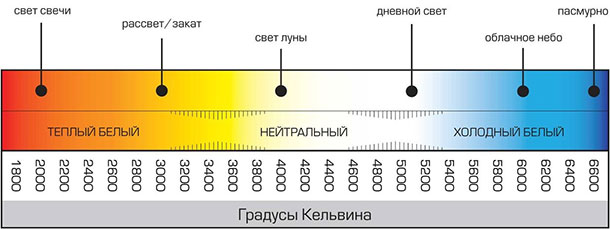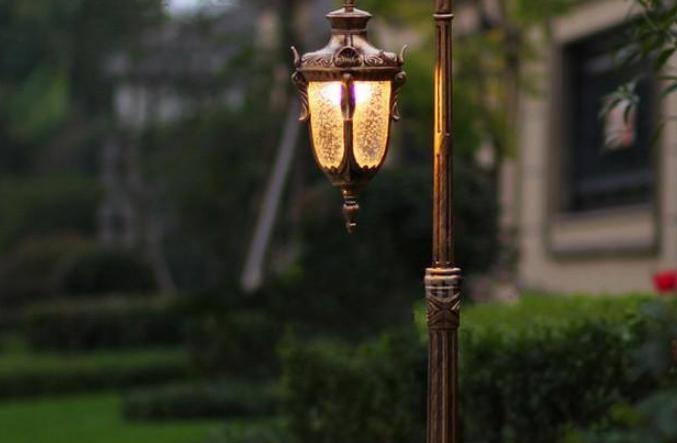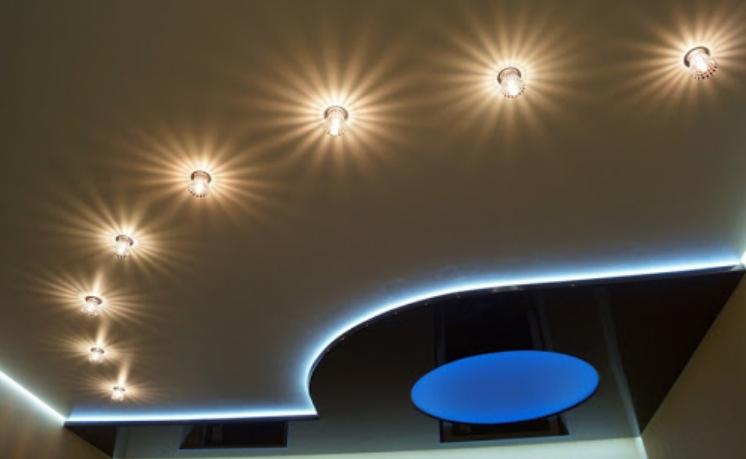Types of modern lighting fixtures
Luminaires are used everywhere. It is difficult to imagine the modern world without them, so there are many varieties, which differ in design, features of use and other parameters. At the same time, all types of equipment for the home have common features, which allows you to group them and divide them into categories.
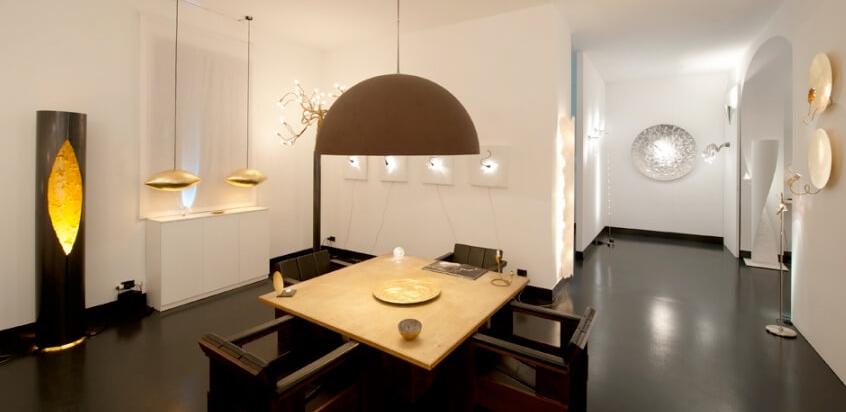
The device of the lighting device
Regardless of the type and purpose of use, the design always consists of several main parts:
- The light source. This can be either a replaceable lamp or built-in LEDs. The power depends directly on this element. Often you can replace the bulb with a more powerful or vice versa, which allows you to provide the desired quality of light.
- Lighting fixture. It includes the body, diffuser or reflector and the socket in which the light source is installed. Structural design is different, it all depends on the type of equipment and the requirements that apply to it. The design must comply with safety standards, they are prescribed in GOST and TU.
- Control gear. Provides optimum working conditions and prevents the lamp from burning out when it is started. Not all luminaires have one, since some light sources do not require a ballast.
- Protection and control devices. There may be many options, as now lighting systems are often included in the complex "Smart House", etc.
- Wiring. Through it the voltage is applied, selected according to the characteristics of the light source and the location of installation of the structure. Sometimes the equipment can run on battery power (emergency light) or from a solar battery.
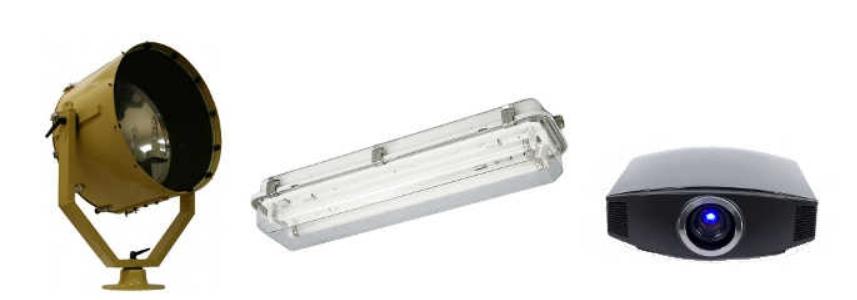
By the way! Often lighting devices are combined with light sensors or movementsto turn on on a signal.
Lighting parameters
There are several parameters that affect the choice of equipment. To find the best solution, you need to consider them:
- Energy efficiency. Most often this indicator is denoted by the efficiency factor, you can compare different types of equipment to choose the most economical.
- Illuminance . indicates the strength luminous fluxwhich falls on a square meter. This indicator has the greatest impact on the choice of lighting fixtures, as it directly affects the creation of comfortable conditions in the living room or in the workplace. Measured in lux.
- Color temperature. Can vary widely, for simplicity the range is divided into 3 segments - warm, neutral and cold light. The specific variant is chosen according to the use of the equipment and where it is to be installed.Color temperature is an important parameter of lighting equipment.
- The color rendering index is indicated by Ra and indicates how accurately colors are reproduced in comparison to natural light. It can range from 0 to 100, the higher the value, the more natural the colors are perceived.
- Pulsation Factor Shows the variation in brightness of a light source. Often the pulsation is impossible to see, but because of it the eyes get tired much faster. Therefore, GOST standards specify limit values for different types of lighting equipment.
- Dazzle. Indicates how much the luminaire has a blinding effect on human vision. It is used for models with directional light, the values are strictly regulated in order not to create danger to people.
Each type of equipment has additional parameters that matter in certain conditions.
Basic types of lighting fixtures
The general classification includes several basic categories. The main types of lighting fixtures are as follows:
- Depending on the purpose luminaires can be General and local lighting. The first option is designed to provide uniform light. Most often it is sufficiently powerful equipment that allows you to provide the right level of illumination. The second type is used for a separate part of the room or for workplace lighting. They can also include decorative lighting used in the design of facades or interiors in rooms.
- According to design there are open and closed versions with varying degrees of protection from adverse influences. As a rule, the simplest types are used in heated rooms. For the street and unheated rooms more reliable models are suitable. And for extreme conditions of use, particularly rugged fixtures are made.
- Depending on the light distribution There are three types: direct, diffused and reflected light. The first type directs the light stream to a specific area directly. The second is placed in a diffusing plafond and distributes the light evenly around. The third is directed to the ceiling or walls and illuminates the room through reflected rays.
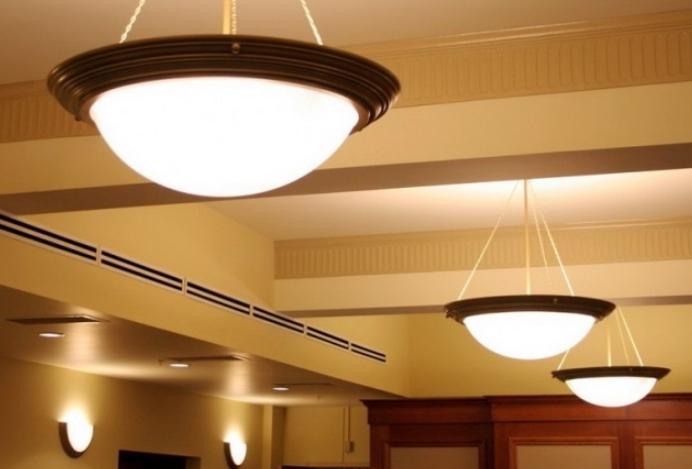
Classification of lighting fixtures
Equipment can be divided into different groups according to several criteria. They differ not only in design features, but also in operating parameters, as well as the degree of protection.
Classification by place of application
Lighting devices are used almost everywhere. Therefore, in the manufacture, the conditions of use are taken into account, a total of three variants of application are distinguished:
- Indoors. The most common group, used in the residential and industrial sector, as well as in public buildings. There are many options - from traditional chandeliers and built-in fixtures to table lamps and various types of lighting. The level of protection from adverse conditions varies, as devices are often placed in rooms with high humidity.
- In open spaces. Here the requirements are much higher, since the equipment is affected by precipitation, temperature fluctuations and other adverse factors. This group includes all devices that are installed outdoors and in unheated rooms.Street lights must be able to withstand precipitation and temperature fluctuations.
- In extreme environments. It is not uncommon to have to put luminaires under waterIn mines, in the Far North, in places where there is a danger of falling rocks, etc. Most often luminaires are designed for specific conditions.
Variants for open space can also be used indoors, but the opposite should not be done.
Classification by level of protection from the environment
Protection class is denoted by the letters IP and is found on almost all equipment. Therefore, when choosing you should pay attention to the marking, there are several basic types:
- IP20. The lowest class, which protects the light source only from ingress of large elements. The equipment is suitable for residential and heated rooms, it does not withstand water and other adverse effects.
- IP44. Variant with normal protection against moisture ingress. It can be used for outdoor lighting as well as in rooms with high humidity. However, splashing water is also undesirable.
- IP54-IP65. Versions with excellent protection against dust and moisture, can be used in almost any environment. They can withstand a direct squirt of water and do not let even a little dust get inside.
- IP68. Suitable for harsh environments, even underwater.
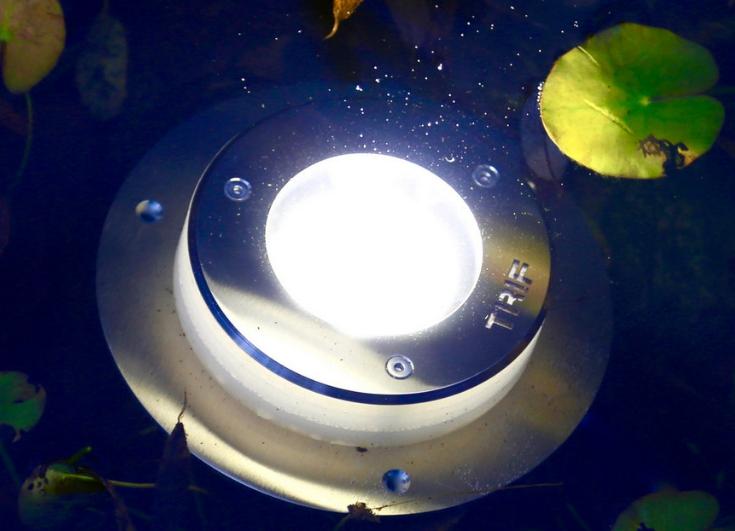
Classification of luminaires for rooms by design
This is the largest group, which has dozens of varieties. Several basic ones can be distinguished:
- Suspended. Located at some distance from the ceiling and can be mounted on a rigid leg or a flexible element (cord, chain, etc.). The second type is convenient because you can adjust the height. Chandeliers can have different sizes and shapes.
- Built-in. Suitable for hollow structures, most often installed in stretch and plasterboard ceilings. The body is located in a recess, only the outer part is visible from the outside, most often it is a diffuser or adjustable plafond. There are semi-recessed versions, they are partially hidden under the ceiling.Built-in versions are ideal for stretch ceilings.
- Wall lights.. These can be classic sconces or more modern options with the ability to change the direction of light.
- Desk и floor lamps. The first type is placed on the tabletop or attached to its end with a special clip. The second - floor lamps, placed near the sofa or armchair, to provide a comfortable environment for reading.
- Built-in panel elements. They are used in suspended ceiling systems made of tiles. They are sized to fit standard cells, so they are easy to install and look neat.
- Ceiling plafonds. Most often have a small size and evenly distribute light around due to the scattering element. A modern variety - LED panels.
LED strips can be used not only as decorative, but also as basic lighting, if you put a few rows in a box with a diffuser.
By type of lamp used
Several basic varieties are used in lighting fixtures, the most common are:
- Incandescent bulbs.. Inexpensive solution, which are used less and less often due to high energy consumption.
- Fluorescent models feature low power consumption and good lighting characteristics.
- Halogen Halogen models offer good light quality but consume a lot of electricity.
- LED are the most energy efficient models available today. Provide an even light and lasts several times longer than their counterparts.
Video on the topic: Types of light bulbs.
It is not difficult to choose a light fixture, if you consider the operating conditions and the desired level of illumination. To achieve the best effect in the rooms, it is worth combining different types of equipment.
